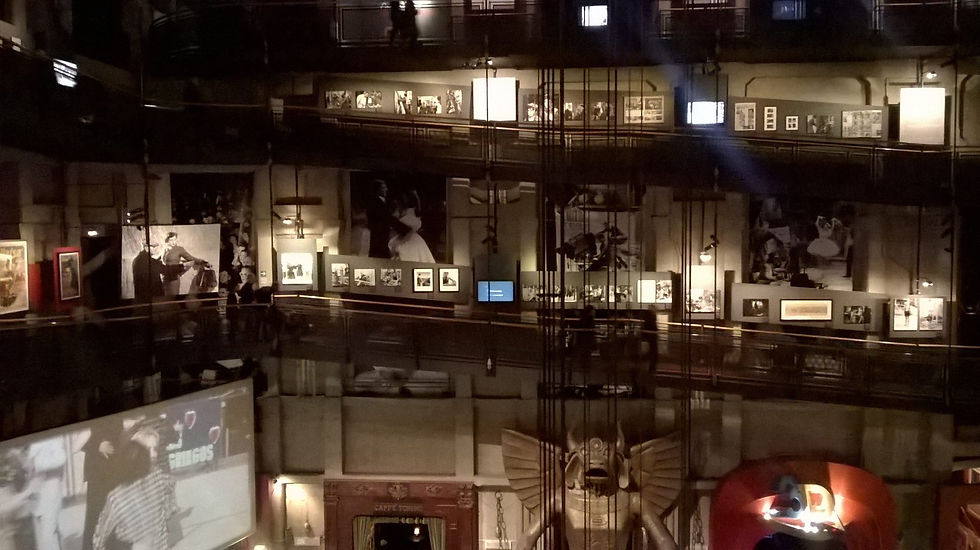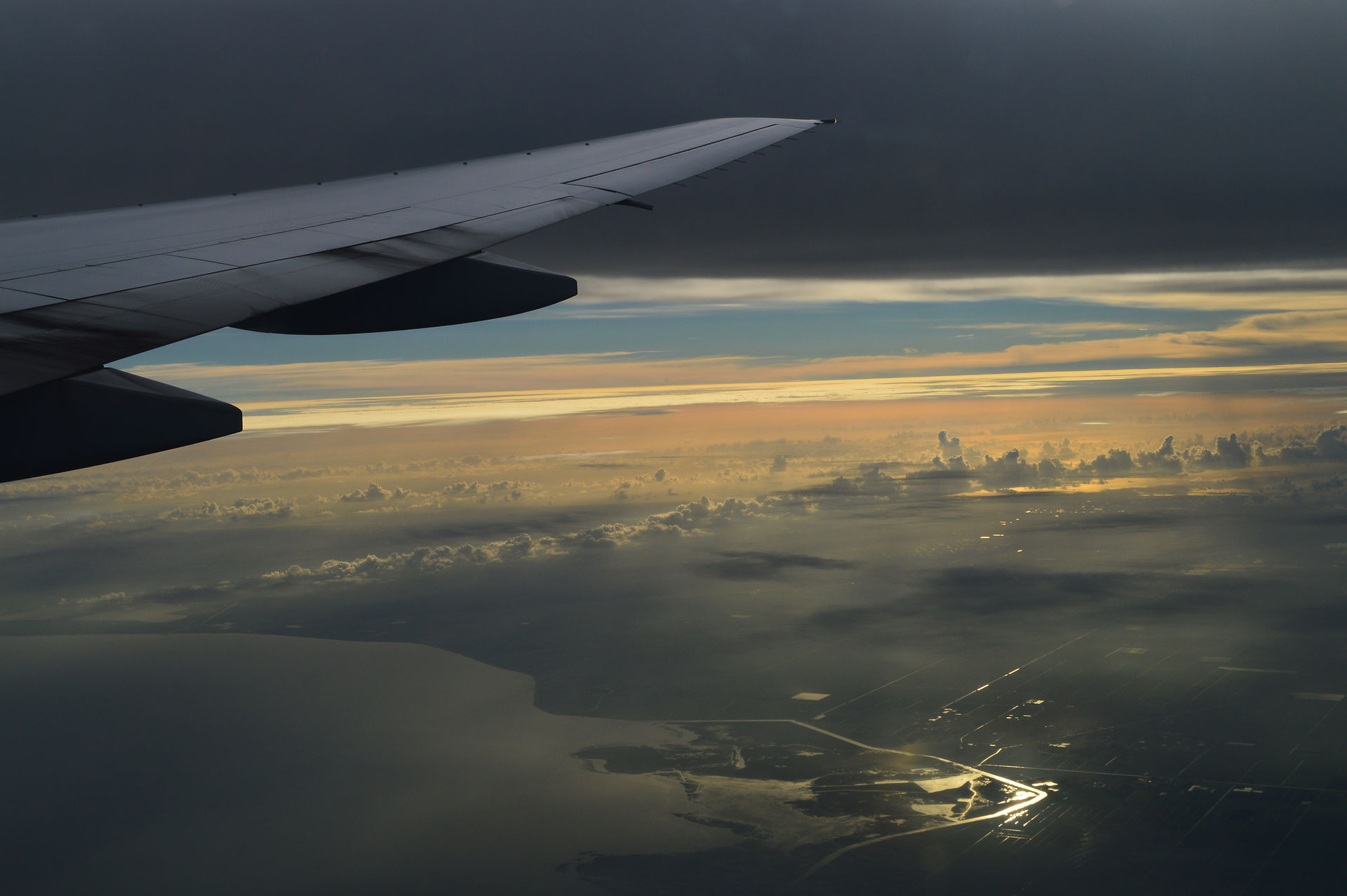ITALY - TORINO First capital of Italy, of cinema, magic and chocolate Gianduja / Primeira capital da
- By Gaia
- 20 de dez. de 2015
- 6 min de leitura

This weekend I had the chance of visiting the city of Torino, first capital of Italy when Italy was unified in 1860. Torino, capital of the Reign of Italy, from 1861 to 1865, is an incredible beauty of squares and structured streets and monuments in the “Baroque” style- artistic style who began around 1600 in Rome-Italy and spread to most of Europe- where there is a lot to see and to learn.
If you wish to spend a couple of days there, traveling by train through Italy, an historical and cultural checklist is important to guide you through the city. You can start by the complex of the Residences of the Royal House of Savoy, inscribed in the UNESCO World heritage list since 1997. Here you can visit the Royal Armory, the Royal Palace, Palazzo Madama, the Royal Library and the Royal Gardens ( all in one ticket, Euro 12).
Since there is a strong geographical and culinary link between the region of Piedmont (where Torino is located) and the region of Liguria ( where the main city is Genova), you can stop by for lunch at one of the “focaccerie liguri” that you can find along the many arcades of the city ( the center of Torino has 18 kilometers of arcades, of which 12.5 are also interconnected: it is the city with the largest pedestrian area in Europe). Here you can taste focaccia and pizzas, in slices, inexpensive and really tasty.
As museums, a must-see is the National Cinema Museum, located inside the historic symbol of the city, the Mole Antonelliana. The museum offers visual and acoustic stimuli and recreates sets of the major themes and genres of animated films, musicals, cinema of the absurd, horror and fantasy, westerns, science fiction, family films, melodramas of love and deaths and 3Ds. You can also sit back and relax in one of the chaises longues on the ground floor, and watch three films projected into the giant screens.
A breathless and marvelous experience is the panoramic lift that brings you up to the top of the Mole Antonelliana. From up you can have a 360 degrees view of the city. The building, designed by Alessandro Antonelli ( 1798-1888) is the symbol of the city and appears on the 2 cents Euro coins. Originally commissioned as a Synagogue, it was acquired in 1878 by the City Council. Near completion in 1889, it was the highest brick building in the world ( now 167,5 meters). Also, don't miss the well-known and newly renovated Egyptian museum, with one of the biggest collections of Egyptian art and culture in the world.
TIPS - Best piazza: Piazza Vittorio Veneto-enjoyable walk from the city centre to the Po River, the longest river in Italy, touching three main Italian cities- Torino, Piacenza, Cremona. From there you can also reach the Gran Madre di Dio church, a Neoclassic-style church proposed in 1814 to celebrate the return of the King Vittorio Emanuele I of Sardinia to the crown after the defeat of Napoleon. Similar in shape to the Pantheon in Rome, the church in Torino is surrounded by esotericism and mysteries: at the entrance, between the two statues representing Faith and Religion, it is believed that the Holy Grail is kept. Torino is also believed to be at the triangle of black and white magic: the triangle of black magic: San Francisco- London and Torino, and of the white magic: Prague, Lyon and Torino. Very mysterious indeed.
Stop and smile points:
Pasticceria Tamborini- typical pastries from Torino, try Messicani- a pastry shaped as a Mexican sombrero, filled with pineapple and custard- delicious! (where: Via Giuseppe Garibaldi 31)
Any café under the arcades of downtown Torino- ask for a bicerin, traditional hot drink of Torino, made of espresso, drinking chocolate and whole milk.
For family & Friends- purchase gianduiotti, typical chocolate of Torino. Chocolate Gianduja is a sweet chocolate spread containing about 30 % of hazelnut paste, invented in Torino during Napoleon’s regency ( 1796-1814). Based on Gianduja, Torino based-company Caffarel invented Gianduiotto in 1852. Its takes its name from Gianduja, a Carnival and marionette character who represents the archetypical Piedmontese.
Suggested Newspaper: La Stampa- great foreign policy section.

Este fim de semana eu tive a oportunidade de visitar a cidade de Turim, primeira capital da Itália, quando o país foi unificado em 1860. Torino, capital do Reino da Itália, de 1861 a 1865, apresenta uma incrível beleza em suas praças e estruturas, ruas e monumentos no estilo “Barroco” - além do estilo artístico que começou por volta de 1600 em Roma-Itália e se espalhou pela Europa - onde há muito para ver e aprender.
Se você deseja passar alguns dias aqui, viajando de trem pela Itália, um checklist histórico e cultural podem ser um importante guia para seu passeio na cidade. Você pode começar pelo complexo das Residências da Casa Real de Savoy, inscrita na lista de patrimônios mundiais da UNESCO desde 1997. Aqui você pode visitar a sala de armas Real, o Palácio Real, o Madama Palazzo, a livraria Real e os jardins Reais (tudo com apenas um ingresso, 12 Euros).
Considerando que há uma forte conexão geográfica e cultural entre a região do Piemonte (onde Torino está localizada) e a região da Ligúria (em que a cidade mais importante é Genova), você pode parar para o almoço em uma das “focaccerie liguri” que você encontra ao longo das muitas arcadas da cidade (Turim tem 18 quilômetros de arcadas, das quais 12,5 são também inter conectadas: é a cidade com a maior área para pedestres da Europa). Aqui você pode provar focaccia e pizzas, em fatias, baratinhas e realmente saborosas.
Sobre os museus, o must-see é o Museu Nacional do Cinema, localizado dentro do símbolo histórico da cidade, o Mole Antonelliana. O museu oferece estímulos acústicos e visuais e tem uma forma recreativa de mostrar os maiores temas e gêneros de filmes animados, musicais, cinema do absurdo, horror e fantasia, westerns, ficção científica, filmes de familia, melodramas de amor e morte e 3Ds. Você também pode sentar e relaxar em uma das longas poltronas do térreo e assistir os filmes projetados nas telas gigantes.
Uma experiência maravilhosa e de tirar o fôlego é o elevador panorâmico que te leva ao topo do Mole Antonelliana. Lá de cima você verá a cidade em 360 graus. O prédio, desenhado por Alessandro Antonelli ( 1798-1888) é o símbolo da cidade e está na moeda de 2 centavos de Euro. Originalmente licenciado como uma sinagoga foi adquirido em 1878 pela prefeitura da cidade. por volta de 1889 era a construção em tijolo mais alta do mundo (hoje tem 167,5 metros). Não perca também o famoso e recentemente renovado museu Egípcio, com uma das maiores coleções de arte e cultura egípcia do mundo.
Dicas - melhor piazza: Piazza Vittorio Veneto-caminhada agradável do centro da cidade ao Rio Pó, o mais longo rio da Itália, que passa por três grandes cidades: Turim, Piacenza, Cremona. Dalí você pode ir até a Igreja de Gran Madre di Dio, em estilo neoclássico proposta em 1814 para celebrar o retorno do Rei King Vittorio Emanuele I da Sardenha para a coroação, após a derrota de Napoleão. Similar em forma ao Pantheon de Roma, a igreja em Turim está envolta a esoterismo e mistérios: na entrada, entre as duas estátuas representando a fé e a religião, há a crença de que o Santo Graal estaria alí. Turim também é conhecida por estar no triângulo da magia branca e negra: o triângulo da magia negra seria São Francisco - Londres e Turim e da magia branca: Praga, Lyon e Turim. Muito misterioso de fato.
Pontos para parar e sorrir:
Pasticceria Tamborini- doces típicos de Turim, experimente Messicani- um docinho em formato de sombrero mexicano, recheado com abacaxi e creme - delicioso! (onde: Via Giuseppe Garibaldi 31)
Qualquer café abaixo da arcada do centro da cidade - peça um bicerin, bebida quente tradicional de Turim, feito de café expresso, chocolate e leite
Para famílias & amigos - comprem gianduiotti, o chocolate típico de Turim. O Chocolate Gianduia contém mais ou menos 30% de avelã e foi criado durante a regência de Napoleão (1796-1814). Baseado na mistura da Gianduia, a empresa Caffarel, com sede em Turim, inventou o Gianduiotto em 1852. Gianduia também é o nome de uma festa e uma marionete que representa o arquétipo piemontês.
Jornal sugerido: La Stampa- excelente seção de política externa.






Commentaires